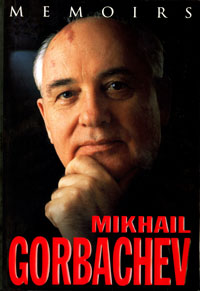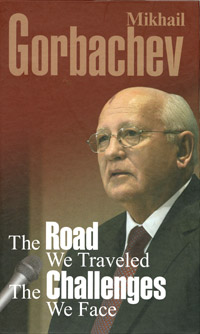The move marks a dangerous downturn in bilateral relations between the United States and Russia and threatens to unravel a series of nuclear disarmament agreements stretching back to the Cold War era.
Signed on August 29, 2000, the plutonium agreement required each side to get rid of at least 34 tons of weapons-grade plutonium, the world’s most powerful nuclear explosive, by using it to power nuclear reactors. To convert their plutonium to mixed-oxide fuel (MOX), both sides would need to construct new plants, which they agreed to have online by December 30, 2007. Russia was promised technical and financial assistance for the endeavor, expected to cost about .5 billion. Meanwhile, a 1993 agreement remained in place, under which Russia sold the United States 500 tons of depleted weapons-grade uranium to fuel nuclear power plants, in order to dispose of another key nuclear weapons material—enriched uranium.
At the time, the plutonium agreement made practical and symbolic sense. In 2000, Russia and the United States were rapidly reducing their nuclear arsenals through a series of bilateral agreements, including the three Strategic Arms Reduction Treaties. Even more dramatic cuts were on the horizon. With every delivery vehicle or launch system that was destroyed, it became increasingly hard to ignore the huge volumes of weapons-grade plutonium left in their wake. The sensible solution, then, was to use the excess nuclear material for commercial purposes—a win from both an economic and a political standpoint.
But that was then. Now, Russia and NATO are embroiled in a sanctions war and a standoff over Ukraine and Syria. Nuclear disarmament has hit a dead end and risks total collapse. A new arms race is beginning in offensive and defensive nuclear and high-precision conventional weapons. The plutonium agreement, conceived as a symbol of trust and goodwill, no longer appears to have a place in the relationship.
Frustration over Washington’s handling of the agreement had been building in Moscow for some time. While Russia sought to uphold the treaty by constructing a fuel production plant in the Siberian city of Zheleznovodsk, the United States gradually cooled to the idea of powering nuclear reactors with MOX, citing safety and financial concerns. Instead, Washington has voiced plans to dilute the plutonium and bury it—a plan Moscow opposes, given that the plutonium could then potentially be retrieved for use in weapons-grade material.
In April 2016, President Putin publicly announced that the United States was violating the agreement.
Strictly speaking, he had a point. Of course, the Americans have no plans to surreptitiously shove the buried plutonium back into some warheads—even without the 34 tons of material that they have vowed to destroy, both sides have plenty of weapons-grade plutonium in warehouses and in their aging arsenals of missiles and bombs. But Washington has indeed put financial and technical expedience ahead of its disarmament commitments. Given the Americans’ previous critiques of Moscow’s role in the current nuclear disarmament crisis, Putin has every reason to point this out.
But the problem with Moscow’s actions lies in the improbable list of conditions put forth for reactivating the treaty, most of which have nothing to do with the treaty itself. These include not only lifting U.S. sanctions on Russia, but also compensating Moscow for the financial losses incurred. The Kremlin also wants a repeal of the so-called Magnitsky Act, which imposes financial and visa restrictions on Russian citizens suspected of human rights abuses. And it has asked the United States to reduce its military infrastructure and troop levels in countries that joined NATO after September 1, 2010, to what they were in 2000 when the treaty was signed.
Leaving aside the substance of these conditions, the Kremlin cannot really be naïve enough to think Washington will accept them. So what is the real goal of the ultimatum?
Only one explanation comes to mind: Moscow is trying to rattle Washington by projecting confidence in its political and military strength. This is intended as Russia’s response to U.S. policy as a deep crisis develops in relations of the two powers, but it may only exacerbate that crisis even more.
The October 3 decree may be the final blow to an already flailing disarmament process. The Nunn-Lugar Program was ended in 2013, cooperation on secure storage of weapons-grade materials was suspended in 2014, and Russia skipped the Nuclear Security Summit for the first time in 2016. At this rate, the next casualties could be the Intermediate-Range Nuclear Forces (INF) Treaty (signed in 1987), New START (2010), the Comprehensive Test Ban (CTB) Treaty (1996), and eventually the entire nuclear arms control and nonproliferation framework that has taken so many decades to build. The use of nuclear weapons in a war or terrorist attack in the foreseeable future could then be a real and growing danger.
One can only hope that our countries’ leaders appreciate this danger and act promptly to de-escalate tensions. Their predecessors managed to do this at the height of the Cold War, despite their enormous mutual grievances. It is high time for the present leaders to follow this example.




